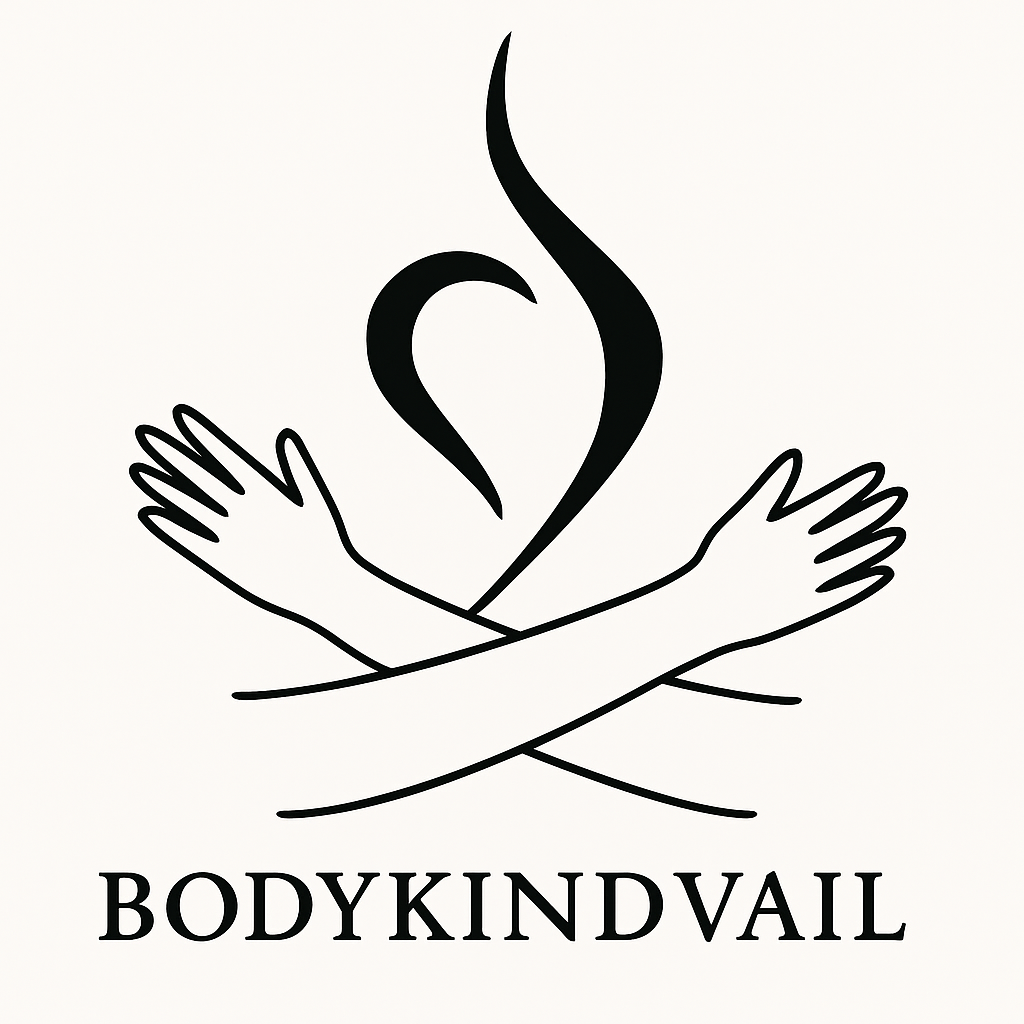Creating a BodyKind School Culture
Schools are more than just places of academic learning—they’re central to shaping how young people think about themselves and others. In a culture where appearance and performance often dominate the conversation, fostering a BodyKind school environment—one rooted in body respect, acceptance, and mental well-being—is a powerful form of prevention against eating disorders and body image issues.
Why It Matters: The Data Behind Youth & Body Image in Colorado
Colorado youth are not immune to the rising pressures of perfection, body comparison, and disordered eating. According to the Healthy Kids Colorado Survey (HKCS):
Nearly 30% of Colorado middle and high school students reported feeling sad or hopeless almost every day for two or more weeks.
1 in 5 Colorado high school students reported trying to lose weight by not eating for 24+ hours or by vomiting or using laxatives.
LGBTQ+ youth and female-identifying students were significantly more likely to report disordered eating behaviors.
These numbers are more than statistics—they’re young people in our own classrooms, hallways, and sports teams.
How School Culture Contributes
The way adults and peers speak about bodies, food, health, and worth shapes student perceptions. Schools that emphasize “fitness” over well-being, allow appearance-based bullying, or unintentionally reinforce dieting culture can increase the risk of body dissatisfaction and disordered eating—particularly among impressionable adolescents.
But schools also have the power to be part of the solution.
Creating a BodyKind culture means shifting from shame to compassion, from competition to connection, and from appearance-based values to holistic health.
What a BodyKind School Culture Looks Like
Language Matters: Teachers and staff avoid moralizing food (“good” vs. “bad”) and refrain from body-shaming jokes.
Inclusive Curriculum: Health classes teach about intuitive eating, body diversity, and the dangers of diet culture.
Support Systems: Counselors are trained to recognize early signs of disordered eating and body image struggles.
Positive Role Models: Coaches, educators, and administrators model balanced behaviors around food, movement, and self-talk.
Peer Leadership: Students are engaged as change-makers to promote inclusion, empathy, and respect for all body types.
How BodyKind Vail Supports School-Based Prevention
At BodyKind Vail, we believe prevention starts early—and that schools can be safe spaces for every student to feel seen and valued beyond appearance.
We work with local Eagle County schools, athletic departments, and youth programs to:
Offer interactive workshops that address body image, media literacy, and self-compassion.
Provide training for school staff on eating disorder awareness and trauma-informed approaches.
Facilitate student-led initiatives like BodyKind Clubs, empowering youth to lead with kindness and challenge toxic beauty norms.
Support families through community events and evidence-based resources.
By partnering with schools, we aim to build environments that reduce stigma, recognize early warning signs, and most importantly—let kids be kids without the pressure to shrink, fit in, or perform.
Final Thoughts
Body image and eating-related concerns are not niche issues—they’re everyday realities for many students in Colorado. By creating BodyKind schools, we plant seeds of resilience, empathy, and lifelong well-being. And with the support of our community, BodyKind Vail will continue building spaces where every body belongs.
Sources:
Colorado Department of Public Health and Environment. Healthy Kids Colorado Survey (2021).
National Eating Disorders Association (NEDA). Eating Disorders in Schools Toolkit.
Project HEAL. Barriers to Eating Disorder Treatment in Marginalized Communities.
The Body Positive. Model for Creating Body Positive Schools.

